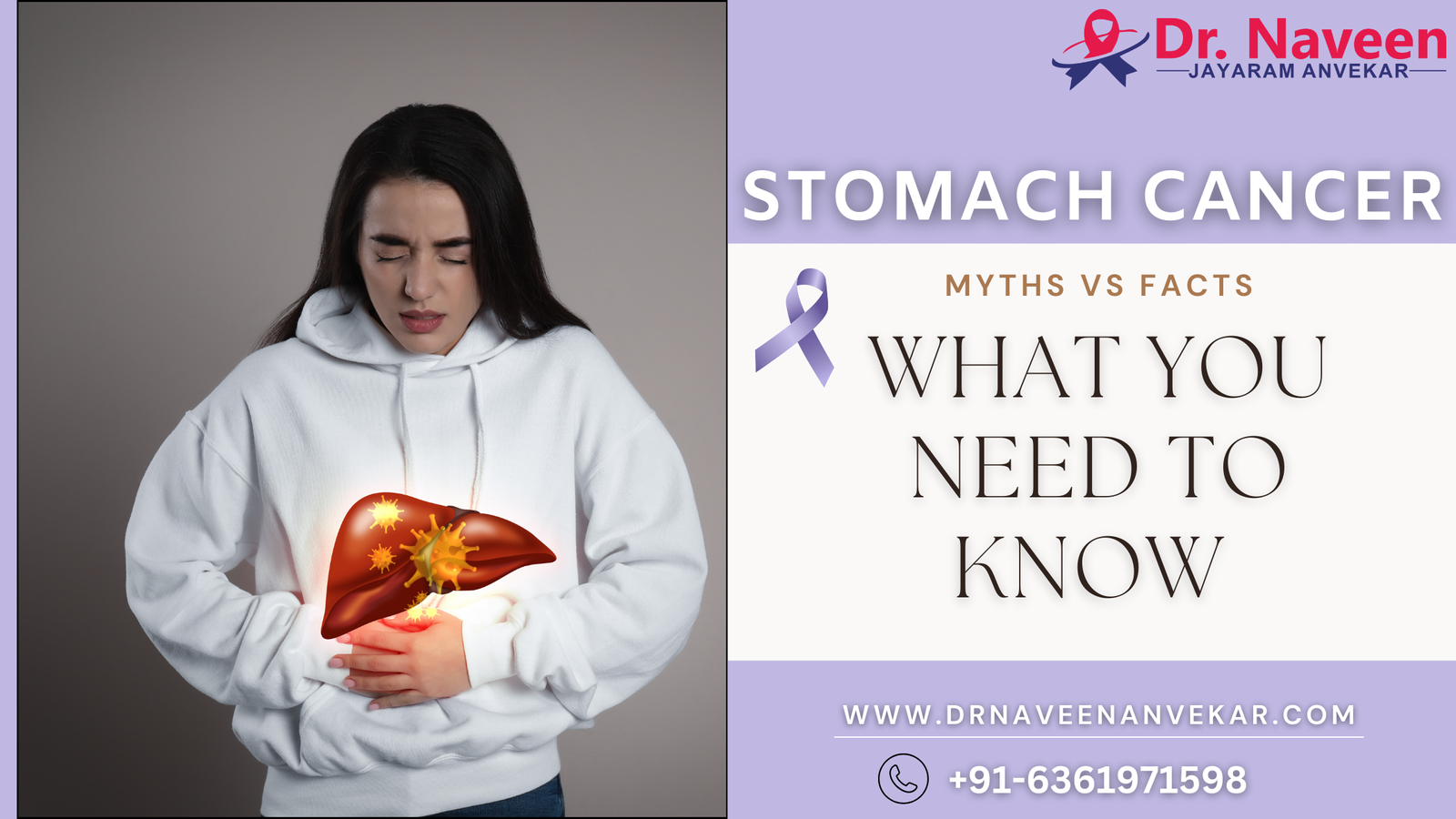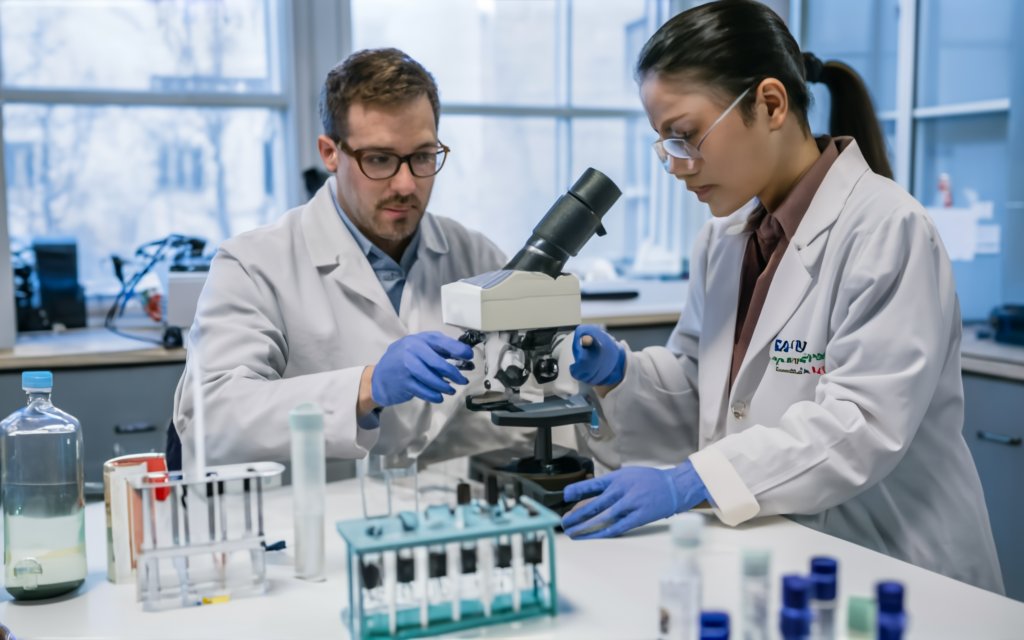.png)
What You Need to Know About Blood Cancer: Symptoms, Causes and Treatment Options
What You Need to Know About Blood Cancer: Symptoms, Causes and Treatment Options
Introduction
Blood cancer affects thousands of people globally each year. It includes various types like leukemia, lymphoma, and myeloma, each impacting the body’s ability to produce and regulate blood cells.
In this blog, we’ll discuss the key symptoms, causes, and treatment options for blood cancer. Understanding these aspects is crucial for early detection and effective treatment. We’ll also highlight how blood cancers are diagnosed and provide insights on living with the condition.
Common Symptoms of Blood Cancer
Blood cancer symptoms often vary depending on the type, but there are common signs to watch for. Fatigue and weakness are common, as blood cancers can result in fewer healthy red blood cells. Frequent infections may occur due to impaired white blood cell function. Bruising or bleeding easily is also a symptom.
More specific symptoms include swollen lymph nodes, fever, night sweats, and weight loss. It's important to note that these signs may also be associated with less serious conditions, so medical consultation is critical.
Early Warning Signs to Watch For
In the early stages, blood cancers may present subtle symptoms. Persistent fatigue, unexplained fevers, or frequent infections that don’t resolve could signal a deeper problem. Sudden weight loss without any dietary changes or unexplained bruising may also be early signs of a blood cancer issue.
If these symptoms persist, it’s crucial to consult a healthcare provider for further testing.
What Causes Blood Cancer?
The exact cause of blood cancer isn’t always clear, but it generally results from genetic mutations that affect blood cell production. Environmental factors, such as exposure to chemicals or radiation, may also increase the risk.
Family history plays a role in some cases. Those with a close relative diagnosed with blood cancer may have a higher risk. Additionally, certain infections, like Epstein-Barr virus, have been linked to an increased likelihood of developing lymphoma.
Genetic and Environmental Factors
Some individuals inherit a predisposition to blood cancer through genetic mutations passed down from parents. Environmental exposure, such as prolonged contact with chemicals like benzene or high levels of radiation, can trigger these genetic mutations over time.
Knowing your family history and limiting exposure to harmful substances are two preventive measures to reduce your risk.
Diagnosis and Staging of Blood Cancer
Diagnosing blood cancer typically involves blood tests, biopsies, and imaging scans. A complete blood count (CBC) can detect abnormal cell counts, prompting further investigation. Bone marrow biopsies are often used to confirm the diagnosis.
Once diagnosed, staging determines the cancer’s spread. This process helps guide treatment decisions by identifying how advanced the disease is. Imaging tools like CT scans or PET scans can reveal whether cancer has spread to other organs.
Treatment Options for Blood Cancer
Blood cancer treatments vary depending on the type and stage. Common treatments include chemotherapy, which uses drugs to kill cancer cells, and radiation therapy, which targets cancer cells using high-energy beams.
Advanced options like targeted therapy and immunotherapy have also shown promise. Targeted therapy focuses on attacking cancer cells without harming healthy cells, while immunotherapy boosts the body’s immune system to fight the cancer.
Chemotherapy
Chemotherapy remains one of the primary treatment methods for blood cancer. It works by killing rapidly dividing cancer cells throughout the body. While effective, chemotherapy can also affect healthy cells, leading to side effects like fatigue, hair loss, and nausea.
Despite the side effects, chemotherapy has been instrumental in treating many blood cancer patients and improving survival rates.
Radiation Therapy
Radiation therapy is another widely used treatment. It is localized, targeting specific areas of the body where cancer is present. For some patients, radiation is used in combination with chemotherapy to maximize treatment effectiveness.
Radiation therapy can cause localized side effects, such as skin irritation or fatigue, but it remains a key treatment option for various blood cancers.
Targeted Therapy and Immunotherapy
Targeted therapy offers a more precise approach. It attacks specific genes or proteins involved in cancer growth, sparing healthy cells. This makes it an effective treatment for some forms of leukemia and lymphoma.
Immunotherapy, on the other hand, helps the body’s immune system recognize and destroy cancer cells. These cutting-edge treatments are showing promising results in clinical trials and are expanding treatment options for patients with blood cancer.
Living with Blood Cancer
Being diagnosed with blood cancer is life-altering, but there are coping strategies that can help. Mental health support, dietary adjustments, and regular exercise can improve quality of life.
Patients should also surround themselves with a strong support system. Whether through family, friends, or support groups, having emotional and practical help makes a significant difference in navigating the challenges of living with cancer.
Coping Strategies
Dealing with the emotional toll of blood cancer is crucial. Patients should not hesitate to seek counselling or join support groups. Building a network of people who understand your experience can be comforting and empowering during treatment.
Staying physically active, even in small ways, can help manage treatment side effects like fatigue and improve overall mood.
Conclusion
Blood cancer, though serious, can be treated, especially when detected early. Understanding the symptoms, causes, and available treatments can empower patients and their families. With ongoing research and advanced treatment options like immunotherapy, the outlook for blood cancer patients continues to improve.
Regular medical checkups and awareness of potential symptoms can help with early detection and treatment success.

.png)
.png)
.png)
.png)
.png)

.png)
.png)
.png)


.png)

.png)
.png)

.jpg)
